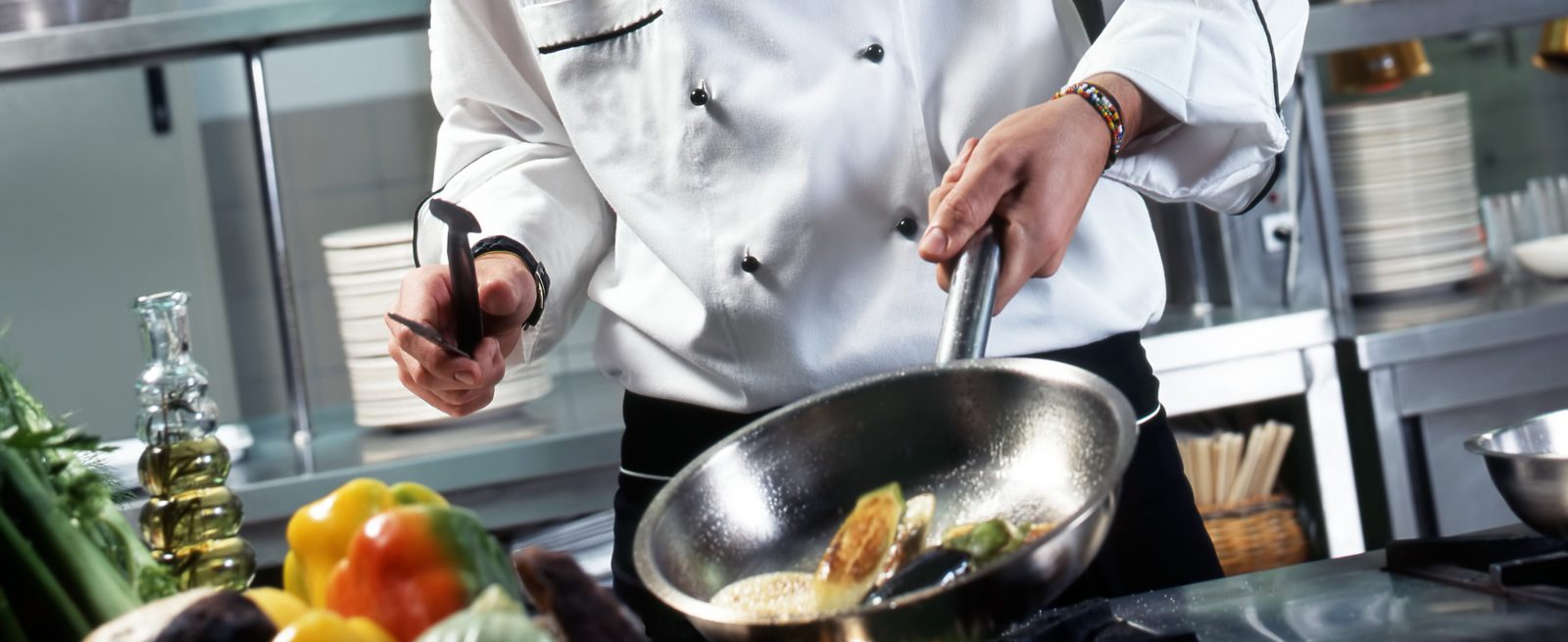The Recipe for Protecting the Recipe
3 Min Read By Michael Daigle
Original and secret recipes are among the most important ingredients in a restaurant’s recipe-for-success, ranking at least as high as a AAA location, an excellent staff, a comfortable décor, and a catchy name. But unlike those factors whose value is actually enhanced by their visibility and accessibility to consumers and competitors, recipes are most valuable when they remain both proprietary and confidential. When determining how best to protect their recipes against disclosure and misuse, restaurant owners must first determine the likely sources of those threats, both internally (staff) and externally (vendors and competitors). The assessment should factor in the restaurant’s specific operating processes, focusing on what is observable to the general public and on those who will or are likely – with or without permission – to have access to the recipes.
Restaurant Confidential
The easiest way to destroy the confidentiality of a recipe or a process is to let customers and others observe how it’s done. Restaurants that incorporate the “theater” of food prep must be careful not to “perform” the confidential steps in view of customers and competitors. For example, allowing customers to see how a proprietary seasoning blend is applied to the meat is one thing, but allowing them to see the blending of the proprietary seasonings is quite another. When designing their processes, restaurant owners will want to be mindful of doing confidential things in private. In addressing these potential threats, it is critical to deal with both confidentiality and ownership – to ensure that the recipes will not be disclosed to competitors, but also to confirm that they belong to the restaurant owner. Fundamentally, any person who has or might have access to recipes should be required to sign a confidentiality agreement under which they agree that they will not disclose or use the recipes except for a specific purpose. For further protection, consideration should also be given to requiring certain key employees (particularly, the non-owner chef) to sign non-competition agreements tailored to ensure maximum enforceability under applicable law.
Get it in Writing
Whether merely a confidentiality agreement or a confidentiality agreement coupled with a non-compete obligation, the agreement should also address ownership of recipes, any modifications or adaptations, and other intellectual property. While claiming ownership of recipes under copyright and similar laws may be a challenge, assigning ownership or superior rights as between contracting parties is permissible and will confirm the restaurant owner’s superior rights as against the other party to the contract. Wherever possible – especially in employment agreements with key staff – consideration should be given to including provisions that confirm the restaurant/employer as the owner of any recipes that are developed by the employee during the term of employment, regardless of whether the recipes are actually used in the restaurant’s operations. Similarly, restaurant owners that outsource the production of certain items (for example, proprietary sauces and seasoning blends) should include in their outsource agreements acknowledgements of ownership. Requiring the vendor’s confidentiality is only part of the recipe for protecting the recipe; the vendor should be required to acknowledge and agree that, as between it and the restaurant owner, the recipes are the property of the restaurant owner. There is no fail-safe way of protecting recipes. Even being the only person with knowledge of the recipe won’t prevent a competitor from “reverse engineering” the recipe. But to achieve maximum protection, restaurant owners will want to establish with its staff a culture of confidentiality and, at every possible opportunity, get written agreements of confidentiality and acknowledgements of superior rights so that someone can be held accountable if the recipes should end up in the wrong hands.


